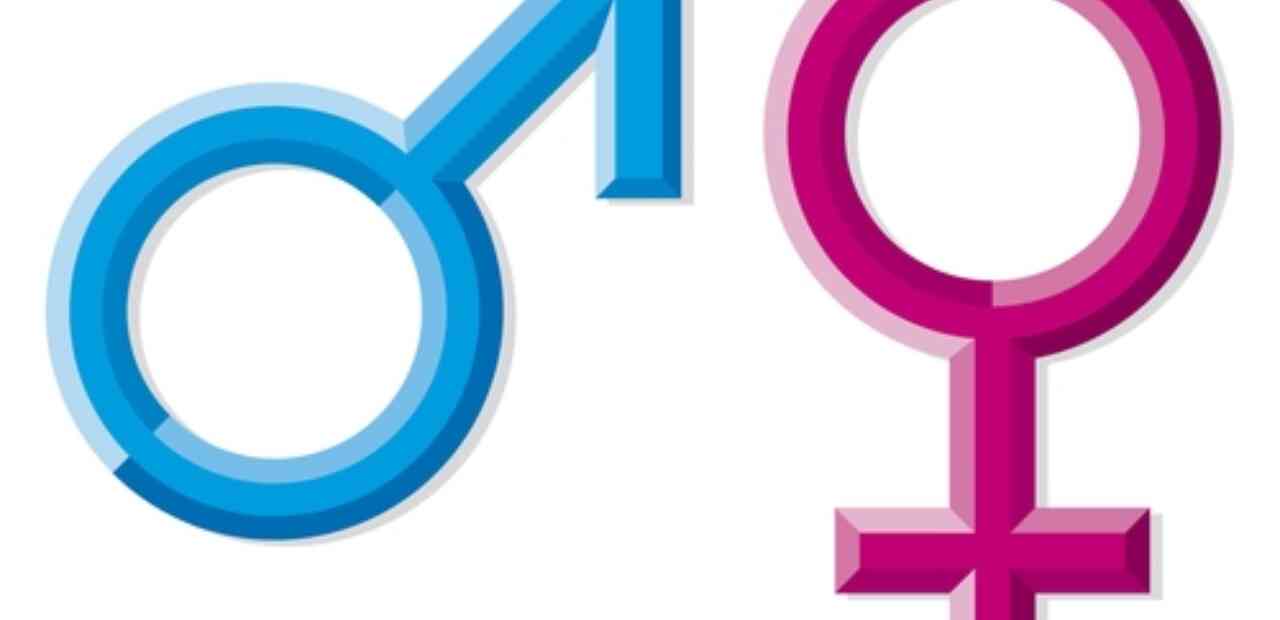The Importance of Gender in Web Usability
Understanding the best practices in web design and usability for your target market means intimately knowing what your customers do online. There is a recent upsurge of studies on gender as it relates to UX online. No credible source of information would allow for complete stereotyping between male and female customers; however, there are
consistencies and trends that demonstrate distinctions between the online behavior of men and women. While these patterns can be used to guide and inspire your user interface, for best results, beta test and collect feedback from your active market.
A Brief History of Preference Acquisition
Though every individual user experience may be unique and not every man or woman is the same as his or her gender-homogenous counterparts, males and females are born with dissimilar perceptions, in a broad sense. For example, male infants are born with a proclivity toward motion stimulation and background noise whereas female infants are born drawn to voices, faces, and physical touch. As humans develop, these preferences age and complicate, motivating certain behaviors in adulthood.
How Men and Women Browse Differently
Men and women demonstrate different behaviors on the web. When presented with a task such as browsing a specific website to locate information, the approach varies between men and women.
Men are Synthesizers: A man looking for information on a website sees this as his only mission. Men bypass fluff, seeking the most direct path to the finish line. Males appreciate download speed and customization in a UX. A man is less likely to traverse several pages; men are not browsers and in general, prefer not to meander through the information they are not using.
Women are Empathizers: A woman looking for information on a website is more likely to scroll and read to solve a problem. As a rule, a woman will solve a problem through discussion and prefers tutorials far more than her male counterpart. Women value ease of use and accessibility in a website's UX.
Both are Skimmers / Scanners: Men and women are generally similar in their aversion to wordiness, unnecessary complexity, and forcefulness such as autoplay videos or website background music. Bulleted information and valuable headlines and labels will win for both men and women.
What Does Gender Preference Mean for Your UX?
- Know your audience! It’s important to keep gender preference in mind when positioning for eye flow.
- When designing your site architecture, be sure to cater to your target audience (e.g. navigational architecture, positioning, content architecture and formatting, product placements, call-to-action, etc.)
- Set up and use your analytics to track segments, demographics, behavior, acquisitions and GOALS!
- Test, test, test and then TWEAK for your target market and goal initiatives!
Learn more about web consulting services to assist you in creating a website that delivers the most positive user experience that makes your visitors more likely to turn into customers!


